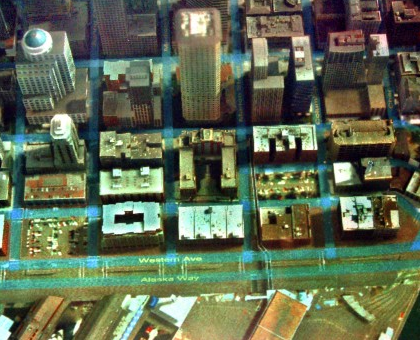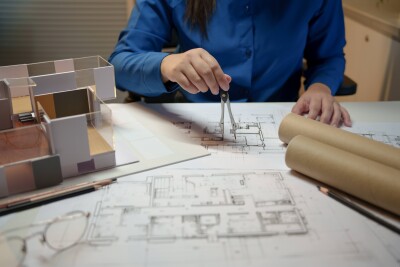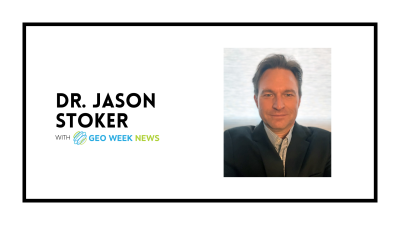Zebra Imaging believes we’re not far from ubiquitous hologram printing
HOUSTON—Keynote speaker Brian Mathews’ claim that we’d soon have a 3D printer in every home wasn’t the only bold claim made about 3D printing here at SPAR International in March. Michael Klug, CTO and co-founder of Zebra Imaging, believes we’re not far as a society from holographic printing on demand: “Why are we looking at 2D pictures? You don’t have to.”
While the end game, as holographic printing technology becomes cheaper and smaller, might be a kiosk at the mall where you sit for a quick portrait and take home a hologram of yourself, the current day is pretty close, Klug said. “It’s an intuitive and accurate deliverable,” he said. “It can document situations, it can convince people, it can be used for sheer enjoyment. All of those things have strength and value for different applications.”
Founded in 1996, Zebra did much of its early work for the military, but has been broadening its reach and appeal as the technology has become less expensive and easier to deploy. The workflow is now fairly simple: Data is provided by lidar scans, CAD models, photogrammetry, laser scanner, or some other 3D imaging source. Then Zebra’s software (it’s free) or a third-party’s prepares the image and produces a preview for inspection. Finally, the image is networked to the printer – “a pretty large machine,” Klug noted – and printed.
But that’s just for big clients with big pockets, right?
Nope. Uploading your image isn’t that different from the process whereby you print pictures at Walgreen’s. It’s an automated FTP upload, with a simple e-commerce procedure where you provide a credit card and select a couple of options (color is more expensive than monochrome). Klug called the pricing “very accessible,” indicating it was in the hundreds of dollars and coming down as volume goes up.
Other than as a great conversation piece, though, why would anyone want a 3D hologram? Well, let this reporter offer up that you really do need to see one in person to appreciate the information it can provide.
Klug said applications for the military have traditionally involved field planning. Soldiers contemplating the assault of an Afghan mountain outpost can understand the potential battle theater much better with 3D than 2D. Commercially, Klug said the holograms are “great for urban planning. At any point in the process, when they’re creating new buildings, you can export out a design and make a hologram. Maybe the community needs to have a presentation made in order to be sold on a concept. It can be hard to walk through a piece of software with the community, but a hologram is easy to bring door to door.”
At SPAR, Zebra announced a new beta version of its ZScape Exporter plug-in for the ESRI ArcGIS Desktop package that allows a user to make holograms directly from the 3D Analyst Extension. It’s not quite as simple as hitting print and grabbing something off the networked printer, but users will be able to upload 3D GIS data and quickly see previews and order prints.
Zebra is currently looking for beta testers for this functionality.
Other potential applications include disaster documentation, so that clean-up supervisors can have an understanding of how work is progressing by carrying around a reference hologram in the field; or construction sites, where a durable hologram is more practical for carrying around a reference design than a laptop.
While the holograms do need to be lit from above, Klug noted that, “you get correct 3D from every vantage point. It’s not like some of the displays where you have to be at a certain angle or sweet spot. Many people can view it at once, which is helpful for people communicating and talking about it as they’re viewing it.”






